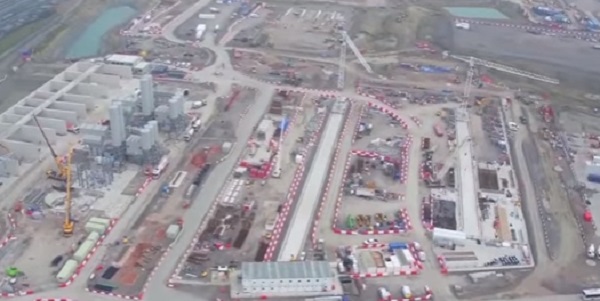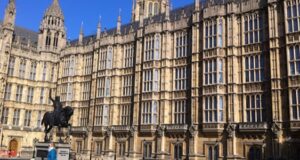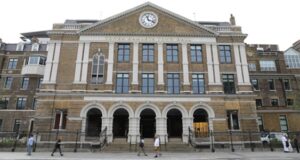THE NATIONAL AUDIT OFFICE (NAO), the government body which scrutinises public expenditure, has criticised the government proposal to build a nuclear energy plant (Hinckley C) in Somerset. This adds criticism of the finances of the plan to earlier concerns about expanding the UK’s nuclear operations.
There is no doubt that the UK needs more energy generating capacity – mostly because coal-fired power stations are coming to the end of their lives and also because some existing nuclear plants need to be retired. However, there is a big debate over how to increase capacity.
The NAO says the Hinckley C plan is risky and may turn out not to provide value for money. Worse, it says that the Government did not adequately consider these factors before going ahead, nine months ago. It points out that the Government’s own plans showed that the operation was expensive and that the financial case for building it is marginal at best – even by the Government’s own value for money tests.
The NAO also criticises non-financial aspects of the project. It says that the Government was very vague about the benefits of the Hinckley solution and was not clear about how these were going to be realised. Once the Government had agreed to put all its eggs in the Hinckley basket, it had no resources to look at alternatives to nuclear power.
The new plant will be built by the French owned energy company EDF (which is putting up two thirds of the money) and China (responsible for the other third).
•First, many analysts believe that allowing a foreign company and an overseas government to build such a sensitive project is folly. While the Chinese Government is keen to do trade with the UK at the moment, if there is a political falling out in the future, China would have a good bargaining tool if it operated a nuclear plant in the UK.
•Second, there are also concerns that the projected costs appear to be very low, and if they rise it is not clear whether the two partners will share them or whether they will declare the plant not commercially viable any longer and will demand more government subsidy. Although there is the plus that UK energy consumers (or “people”) will not have to pay for the building of the plant up front, they will have to pay for it afterwards by buying the power it produces as well as its ongoing maintenance costs – which is all a very long term financial commitment.
The Government and EDF have responded to the criticisms with various bland statements – of the kind the NAO was worried about in the first place.
There are two issues which neither side has mentioned.
•First, there is the old issue that Governments with nuclear weapons need nuclear power plants to produce the fuel for those weapons. Electricity is a by-product of that process (not the other way around).
•Second, there are real risks surrounding nuclear power plants. Accidents may be rare (although not unheard of), but nuclear plants are the only ones which, if an accident happened there, could render half of Europe uninhabitable. As the consequences of any accident at this plant are so very high, it is also a target for terrorist attack. These factors are seldom factored in to government plans to build such stations.
There is an alternative approach to building extra capacity that is seldom mentioned but could be extremely effective. That would be to require all new properties to be fitted with solar panels and, if practical, small wind turbines in order to generate electricity which could then be used in that property. This would limit the power that property would need to buy and, on sunny days, would feed spare power into the national grid. This would be much cheaper than building a new nuclear power plant – if you calculate in a realistic cost for the risk factors.
At the moment, small solar panels and wind turbines are not cheap, but if they were needed in large number, the price would come down – so it would be cheaper to fit these devices on new properties and would even become viable to retro-fit them on old ones. These devices could not generate all the UK’s energy requirements, but they could provide a substantial amount of what is required. The only downside of not having a nuclear power plant is that the UK could not manufacture its own nuclear weapons fuel. And we could live with that.
Yes, the Government and companies that want to build a nuclear plant have given us lots of assurances that the plant would conform to building regulations and would definitely be safe. And, after Grenfel, how can we believe that?
•Read more about it:
British Bangladeshi MPs split over Trident
Moans on Monday (3)
[Adverts]
 East London News A Force for the community…
East London News A Force for the community…




